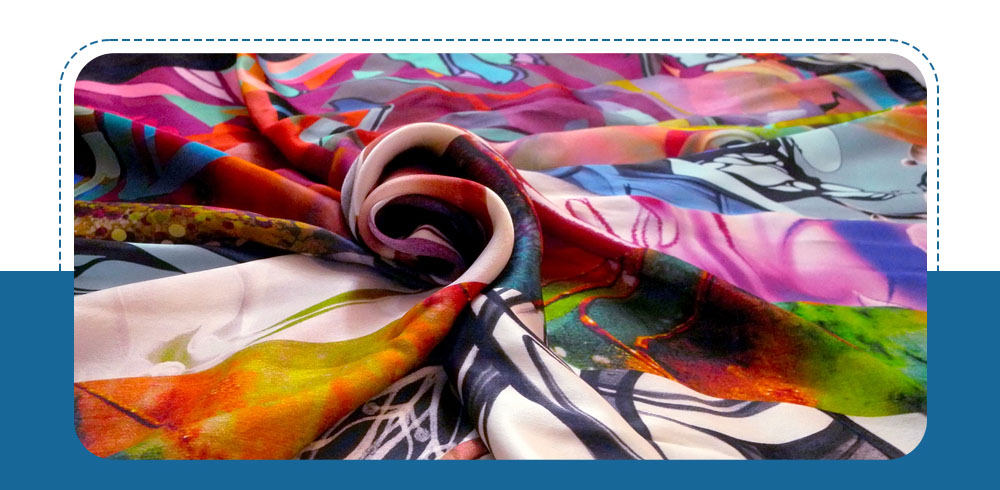Silk Printing is a process of applying a design onto a textile surface. This method is primarily used for packaging. This process requires that the image be digitally prepared and the artwork uploaded to a computer. After the image is prepared, it is exposed to bright light to harden the emulsion. The screen is then washed and dried. The finished product is then ironed. The steps in silk printing are explained below.
The silk to be printed is laid out flat on the printing press. A screen is then placed over the silk and lowered onto the printing board. The screen is then coated with a thick layer of ink. A squeegee, a rubber blade attached to a long metal handle, is then used to drag the ink across the silk. This process is repeated until the desired image is achieved. Then, the printing process is complete.
When the printing process is complete, the silk to be printed is placed on a printing board. The screen is placed in the desired position and lowered onto the printing board. The ink is then pressed through the stencil and transferred to the silk underneath. When the order is complete, the stencils are removed. The mesh is then removed using a special fluid to clean away any excess emulsion, leaving the mesh clean and ready for use as a stencil.
Also Read- Fabric Printer
Silk Printing is a complex process that involves pre-treatment and calibration. To produce a perfect print, the fabric must be coated with a fabric finisher. The finisher will help the ink transfer and ensure the best output. Then, the print is calibrated to determine if there is a proper amount of ink or too much. An incorrect application of ink will cause the fabric to lose crispness and color.
The process of silk printing is simple. The silk is coated with an external fabric finisher to absorb the ink and ensure a high-quality output. After the printing process, the fabric is placed in RFD mode, or ready for dyeing. After the printing process is complete, a special fluid is used to remove the hardened emulsion and leaves a mesh ready for use as a stencil. There are many factors to consider when choosing a printing method for your project.
There are two main types of silk printing. Both methods have their pros and cons. A silk screen that is too thick can lose crispness and a silk that is too thin will lose color and crispness. A quality screen is vital to the production of high-quality printed materials. The best quality silk screens will be a blend of high-quality inks, ensuring that the final product is worth the effort. So, before you order your next shirt, make sure to know what your silk is made of.
The process of silk printing via digital textile printer is simple and fast. The silk is flat on a printing press and a mesh is laid on top of it. After the silk screen is placed, it is lifted and a thick layer of ink is applied. The squeegee, a rubber blade attached to a long metal handle, is then used to drag the ink across the screen. The result is a beautifully printed silk.
The process of silk printing is a simple and cost-effective process. Once the silk is ready to be printed, it is placed on a printing board. A screen is lowered onto the silk, where a thick layer of ink is applied. The ink is then drawn over the screen, creating the design on the fabric. This process is known as screen printing. In contrast to silk printing, screen printing is expensive and requires a large amount of setup.
During this process, the silk is laid flat on a printing press. The screen is then placed in the desired position, and then lowered onto the printing board. The ink is applied to the top of the screen. The squeegee drags the ink through the screen. A high-quality silk print will be smooth and crisp. Unlike with a flat surface, the ink will not appear to be visible until it has dried, so it is crucial to check the ink levels before starting the process.
Also Read: Sampling is applied to reports before segmentation



















